October, 1931
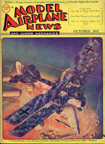
Friedrichshafen G.III Bomber
Model Airplane News Cover Art for October, 1931
by Jo Kotula
Click to Enlarge
The Friedrichshafen G.III (factory designation FF.45) was a medium bomber was designed and manufactured by Flugzeugbau Friedrichshafen (The Friedrichsshafen Airplane Factory). They were used by the German Imperial Air Service (the Luftstreitkräfte) during World War I for tactical and limited strategic bombing operations, especially as a night bomber. After the end of the war a number of Friedrichshafen bombers were converted into transport aircraft while a small number also saw service as dedicated airliners. About 800 were made.
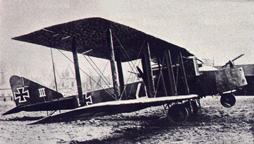
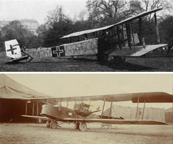
Friedrichshafen G.III Bomber
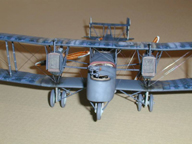
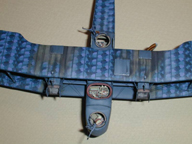
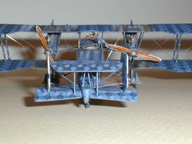
The G.III in Night Camouflage
Click to Enlarge
Operational experience with this bomber's predecessor, the G. II (also the subject of a M.A.N. cover) had revealed a tendency for the aircraft to "nose over" during landings with deadly consequences for the nose gunner and possibly also the pilot. Friedrichshafen engineers solved this problem by equipping the G.III with an auxiliary wheel mounted under the nose gunner's position. The G.III used the powerful six-cylinder 260 hp Mercedes D.IVa engines. The extra power increased the bomb carrying capability enabling the aircraft to carry a bomb load of up to 2,200 lb, though range was severely reduced at this load. In practice, the heaviest bomb load rarely exceeded 1,320 lb. Some of the bomb load could be carried internally but most of it was carried on removable external bomb-racks and usually consisted of bombs but specialized munitions such as air-mines could also be carried. As production continued further modifications were made to the G.III. A box-shaped biplane tail improved the aircraft's control response when it was being flown on one engine. A third downward-firing machine gun was added to combat British night fighters, which often attacked German bombers from below where they were hard to spot but the bomber's silhouette was easy to see against the night sky.
After the end of World War I, the German government and at least one commercial airline, Deutsche Luft-Reederei (DLR, "German Air Service"), operated a fleet of Friedrichshafen G.III series aircraft which were used to transport mail, high priority cargoes and the occasional passenger to and from a variety of destinations including some long distance flights to the Ukraine. For this purpose, the standard G.III series bomber, usually a G.IIIa or G.IIIb, was subjected to a set of modifications ranging from the simple disarmament to fitting a rudimentary cargo compartment in place of the rear gunner's position. Some of the aircraft operated by DLR were even more extensively modified by replacing the rear gunner's position with a fully enclosed, glazed passenger cabin. Eventually, all these operations were stopped by the Allies in accordance with the Treaty of Versailles, but until then the G.III series proved itself to be a reliable and capable transport aircraft. The G.III was generally well liked by its military crews for its superior load carrying capability, reliability, robustness and relatively low accident rate. These same qualities also made it popular with commercial operators during its short post-war career as transport aircraft and an airliner.
Click Here for more information about the Friedrichshafen G.III Bomber.

Click to go back and select another cover.
Counter for the Entire Site (not just this page..)
Home | About Lindy | Last Week's Reviews | Upcoming Events | 1940s Collecibles
The Guide - Establishments - Travel - Accessories
Music | Links | Photo Gallery | Extras | Contact